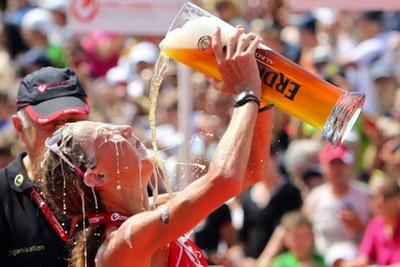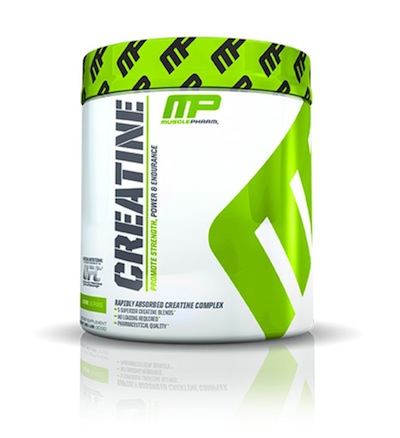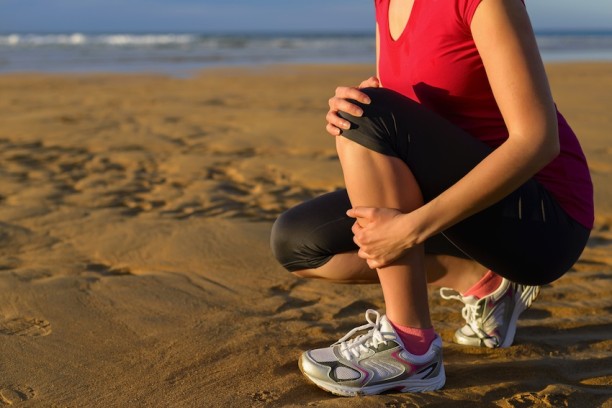 “Mmmmm, Beer…”
“Mmmmm, Beer…”
It’s no secret. Many endurance athletes love to have a beer “for recovery,” after a long day of exercise, training, or a race. It affords the opportunity to slow down the pace of life and socialize with others. Although alcoholic beer is known to have many negative effects on an athlete’s physiology, recently released research also shows favorable effects – for non-alcoholic and perhaps even alcoholic wheat beer. This article in no way argues the negative effects alcohol has on performance and recovery. It merely points out, that drinking a specific type of beer may also have positive effects very relevant to endurance athletes.

 According to the Mayo Clinic,
According to the Mayo Clinic,  Burnout is a term used for long-term mental, emotional, and physical exhaustion caused by excessive and prolonged stress. It can be caused by work, exercise, sport, or one’s lifestyle, and may even be influenced by certain personality traits such as being a narcissist, perfectionist, or pessimist (1, 2). Symptoms of burnout include apathy, disengagement, feelings of helplessness, lack of motivation, detachment, and depression. In sport, it can occur as a result of stale habits, too much racing, too much training, or repeated letdown. Burnout can often lead to departure from the sport, overtraining syndrome, and in extreme cases even suicide.
Burnout is a term used for long-term mental, emotional, and physical exhaustion caused by excessive and prolonged stress. It can be caused by work, exercise, sport, or one’s lifestyle, and may even be influenced by certain personality traits such as being a narcissist, perfectionist, or pessimist (1, 2). Symptoms of burnout include apathy, disengagement, feelings of helplessness, lack of motivation, detachment, and depression. In sport, it can occur as a result of stale habits, too much racing, too much training, or repeated letdown. Burnout can often lead to departure from the sport, overtraining syndrome, and in extreme cases even suicide. If you’re new to exercise, and decided running would be a great way to get fit, you may have run into a few roadblocks here and there. Hopefully, shin splints weren’t one of them. In case they were, here is a way to rule out if your footwear caused them, and keep them from coming back!
If you’re new to exercise, and decided running would be a great way to get fit, you may have run into a few roadblocks here and there. Hopefully, shin splints weren’t one of them. In case they were, here is a way to rule out if your footwear caused them, and keep them from coming back! A few years ago there was an enormous surge behind wearing compression clothing in the endurance and multisport communities. Compression clothing’s immense popularity eventually bled into other fitness niches, whether for function or fashion, as often seen with Crossfit, Football, Soccer, Swimming, and other Fitness Enthusiasts. Even as a techno-savvy triathlete, the compression clothing was something I always wondered about, and after some research, even utilized. A big question has always been whether the compression clothing provides form over function, or vice-versa. If you ever watch a triathlon, you’ll wonder whether the extent that some endurance athletes wear this is even necessary or effective. Sure, I have a pair of socks that I wear after long training sessions, or tough races, but does it really work? Some great research was published, and the answer is “yes.”
A few years ago there was an enormous surge behind wearing compression clothing in the endurance and multisport communities. Compression clothing’s immense popularity eventually bled into other fitness niches, whether for function or fashion, as often seen with Crossfit, Football, Soccer, Swimming, and other Fitness Enthusiasts. Even as a techno-savvy triathlete, the compression clothing was something I always wondered about, and after some research, even utilized. A big question has always been whether the compression clothing provides form over function, or vice-versa. If you ever watch a triathlon, you’ll wonder whether the extent that some endurance athletes wear this is even necessary or effective. Sure, I have a pair of socks that I wear after long training sessions, or tough races, but does it really work? Some great research was published, and the answer is “yes.”